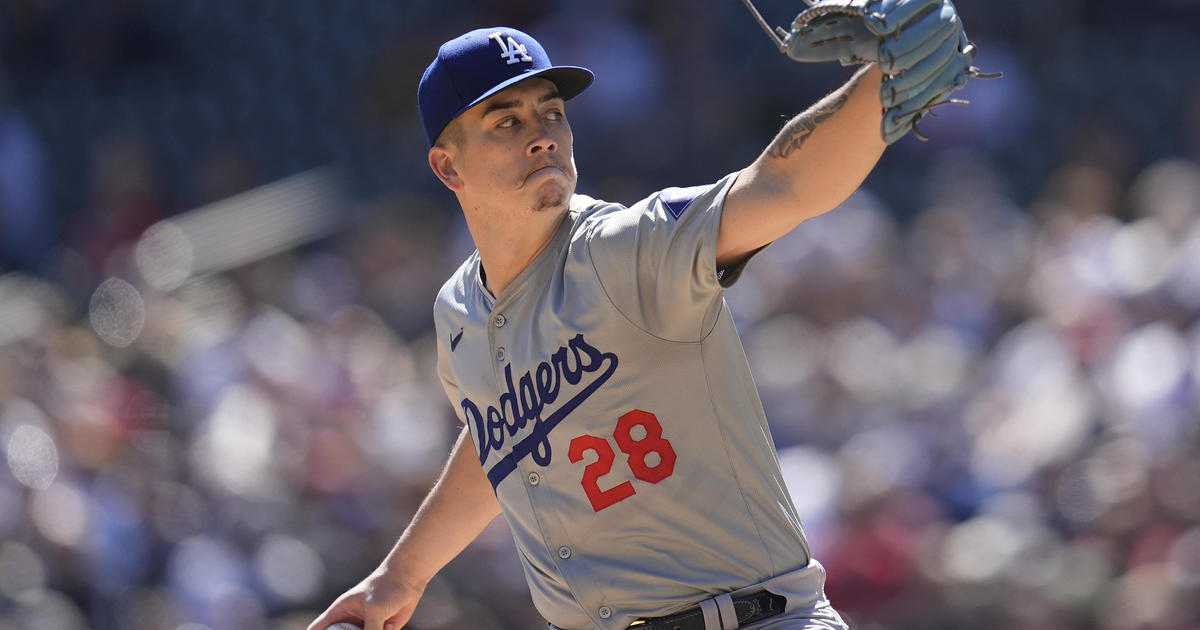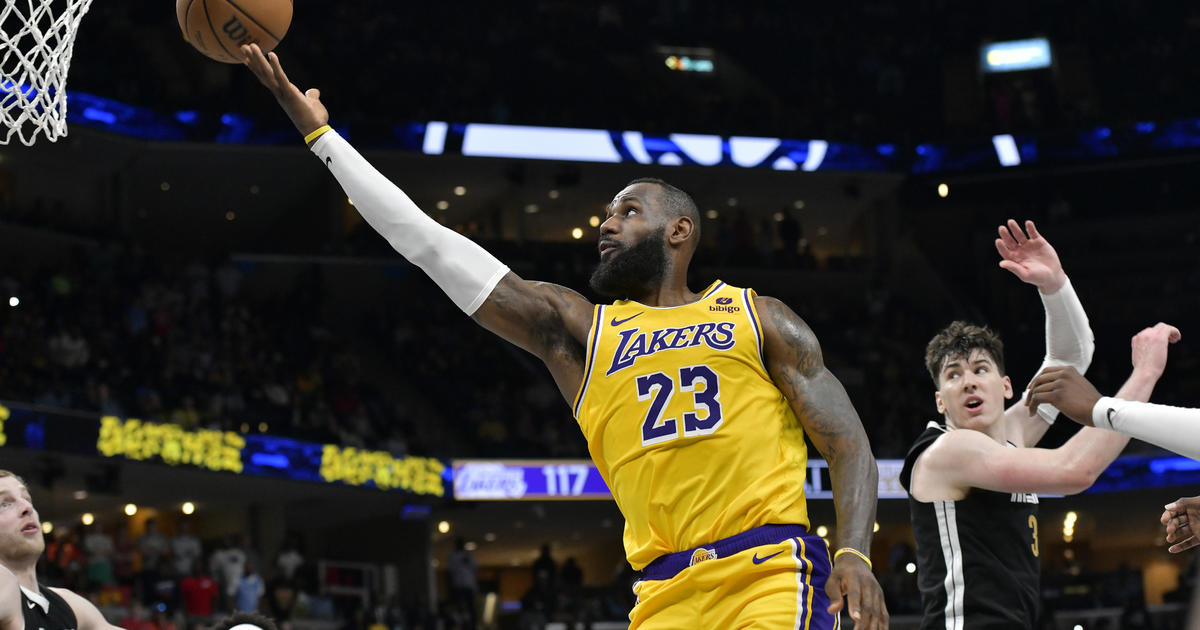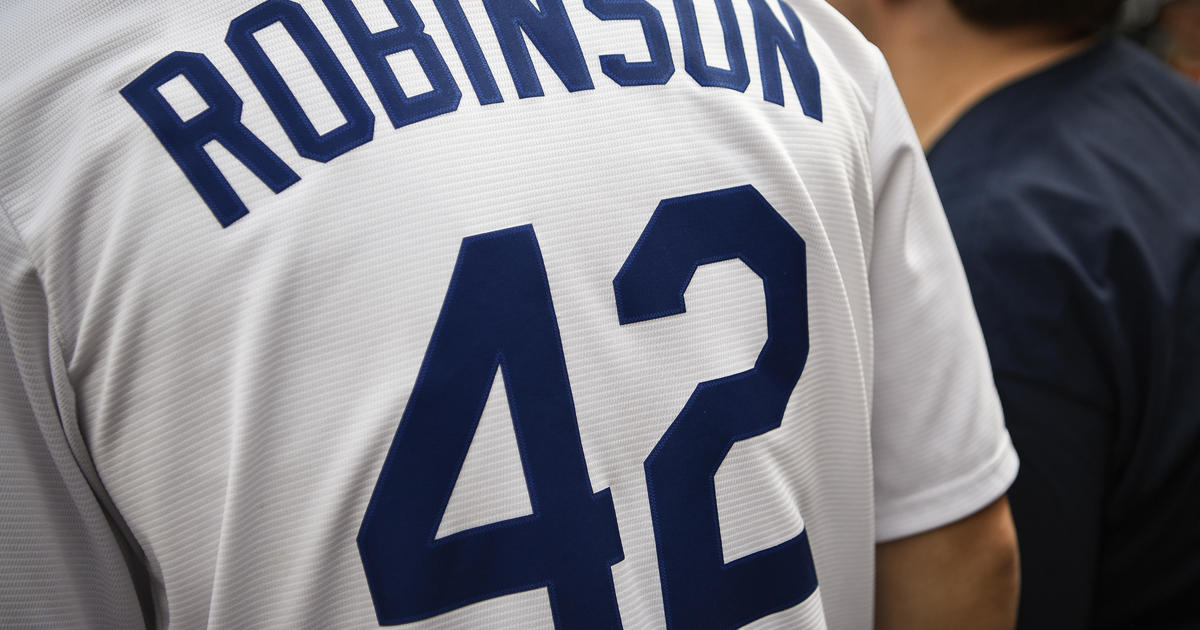Lakers' Championship Hopes Depend On How Well Things Mesh
By Ken Berger
EL SEGUNDO, Calif. -– Right there on the Lakers' practice court, the old and the new were blended together like some sort of strange brew stirred by invisible hands from above. On one court, assistant coach Steve Clifford ran a group of players through some set plays culled from the team's 2011-12 offense. On another, new offensive assistant Eddie Jordan ran the drills incorporating concepts from his trusty Princeton offense.
It is a mixture the Lakers must get right, or what is intended to be a soothing elixir for this reloaded roster will taste more like a rancid brew. Too much old, too little new, or any other combination that doesn't heat the porridge just right will turn the Lakers -- championship contenders again -- into center stage for a basketball revolt.
It has to work. Dwight Howard's indoctrination into Lakers culture, Steve Nash's attempt at born-again point guard wizardry, Kobe Bryant's pursuit of a sixth NBA championship and coach Mike Brown's job all depend on it.
Long gone is Phil Jackson, with his Zen-driven cajoling and triangle offense. Gone, too, is former offensive assistant John Kuester and concepts that made the Lakers too predictable last season. If nothing else, Brown asserted himself as not simply Jackson's replacement but as the new sheriff in town when he invited Jordan, his former playoff rival, into the fray to build an offense that will work for a team with new parts and diverse talents -- not to mention competing egos.
"It's a lot of reading and reacting, a lot of connectivity," Nash said. "You have to read the guy in front you and there's kind of limitless possibilities out there. But that's good. I think everyone is open and optimistic about it."
For good reason. Depending on who you ask, the Lakers are in some ways ideally suited to the constant motion, ball movement and instinctive play that comes with the Princeton system. But there are some prominent square-peg, round-hole aspects that will need to be addressed. That is where it will get interesting -- and potentially rocky at times.
First, Nash admits that he has never run an offense like this. For most of his career, he has piloted a quick-strike, high-possession, pick-and-roll, 3-point shooting system developed by former Suns and Knicks coach Mike D'Antoni. When the Lakers get into their Princeton concepts, Nash will be moving and setting screens away from the ball as often as he will be maneuvering around them with the ball in his hands. From watching just a fraction of the Lakers' first few installation practices, it was apparent that they will use high pick-and-rolls -- Nash's forte -- early in the shot clock in search of a quick, high-percentage shot. But if that doesn't work, they'll "run other things," Nash said, including Princeton action and some set plays from last year's system.
"It's part of what we did last year and it's a few new things that we threw in and it's all kind of meshed into one," Brown said. "And I did it because we felt that we needed more movement. We needed more options ... with this group because they're highly intelligent. We felt we needed to utilize our intelligence and our ability to play the game the right way on that end of the floor, but in a structural environment. That's what aspects of the Princeton do for you. It allows you to have offensive structure."
Structure and freedom; Jordan's system, which was largely successful on his Wizards teams that battled Brown's Cavaliers annually in the playoffs several years ago, gives you both.
In its simplest form, the Princeton offense begins -- and often ends -- in the low post. The ball goes down to the block, the wing and guard on the opposite side of the floor criss-cross and screen for each other. A backdoor cut and popout jumper are both available to the big man as an outlet. In the purest form of the Princeton, your post players have to move the ball and make decisions.
Pau Gasol is perfect for the system, as he was perfect for Jackson's triangle. He's an excellent passer with supreme offensive instincts and intelligence. Howard? His offensive game is not polished, and he's hardly known as a savvy passer -- which brings us to the second tweak Brown and Jordan must make if all of this is going to work.
"Very seldom will he catch the ball at the elbow and have to be the quarterback there," Brown said. "Oftentimes, when he has to be the quarterback is when he catches the ball in the post. There's going to be movement after he catches the ball in the post. And if he gets double-teamed -- which he does get double-teamed a lot -- he's going to need to know where the bodies are so he can make easy outlets from the double-teams. But if he doesn't get double-teamed, I've got my money on him that nine times out of 10, he's going to score in a one-on-one situation. That movement is going to occupy the defense and free him up to make a move and look to score at times."
To the extent that the off-ball movement does occupy the defense, Howard should benefit -- especially since that movement will be conducted by offensively skilled players who can knock down open shots and must be honored by the defense. And if Jordan can tweak the Princeton concepts in a way that emphasizes ball-reversal to Howard in the post, he's so explosive and powerful that the race to the rim before the double-team gets there should favor Howard more often than not.
"He's not a guy that's going to be able to shoot a turnaround, fading jump shot like Hakeem Olajuwon," Brown said. "He doesn't need to do that. He's not going to need to shoot a skyhook like Kareem Abdul-Jabbar. He's not going to be a big like Dirk Nowitzki and step outside the 3-point line and shoot a three. But with what he's capable of doing on the block with his quickness and his speed and agility ... it's almost unstoppable.
"If we put him in different areas to where he can utilize his ability to duck in on the weak side and not necessarily catch the ball straight-up all the time -- but if we get the ball to the other side of the floor right away and now we throw it in to him -- that's a bonus," Brown said.
"You talk about his ability to play pick and roll; he's one of the best screen-and-roll guys I've ever been around because he creates separation with his quickness right off the bat and it allows the ball handler to come off cleanly a lot of times. For who he is and what he brings to the table, he doesn't need to go way out of his box to be dominant."
Indeed, Howard averaged a ridiculous 1.38 points per possession as the roll man on pick-and-rolls last season, No. 1 in the league for players with at least 50 such opportunities, according to Synergy Sports Technology. He shot 74 percent on such possessions (53 for 72), making him virtually unguardable. Pairing him with Nash, the greatest pick-and-roll point guard of his generation, makes you wonder why Brown didn't instead hire D'Antoni to be his offensive assistant and just let Nash and Howard put on a pick-and-roll clinic for the ages.
It was more than notable that Nash used the term "completely opposite" to describe how the Princeton offense differs from the system he's thrived in for years.
"We have multiple post players, which I've never really played with," Nash said. "You have the ability to go in a number of different directions, whereas before we really relied on pick-and-rolls. We have pick-and-roll players here, but we also have the ability to go inside or go to Kobe and other guys to score the ball."
Even in his 17th season, Bryant, 34, remains a scoring beast who needs to be fed in isolation, especially late in the shot clock when all else has failed. And despite all their talent, the Lakers are an older team. The seven-seconds-or-less approach, whereby Nash has spent the bulk of his career wearing down opponents with the dizzying force of numerous possessions, might have tired out the Lakers first. The downside? Nash, who has thrived with the ball in his hands the vast majority of the time, will no longer be the perpetual trigger man.
"I won't have to make all the decisions," Nash said. "We can go inside to our big guys and allow them to make a lot of the decisions, and obviously Kobe is still going to be our go-to-guy. In some ways, I won't have the ball in my hands all the time and I'll be spotting up and getting open shots, so it's going to be a little bit different."
Brown knew all of this, and he thoroughly studied and soul-searched what would be the best way to attack with the infusion of Nash and Howard. A defensive coach at his core, Brown kept going back to Jordan and his Princeton system, which more than any other gave Brown's Cleveland teams fits during three consecutive first-round playoff matchups between the teams. The Cavs won all three series, but Jordan and his hard-to-guard style left an indelible impression on Brown.
"I felt that game-planning defensively against all the teams out there, that stuff was the hardest to try to defend," Brown said. "The floor was spaced great; there were a lot of cuts that were available. If you took one thing away, there's a counter to everything that you do. You don't have to verbalize a lot of stuff, and so teams can't see a call and sit on something because they knows it's coming. It's just hard to guard.
"And unless you have a good understanding of what you're trying to do as a group defensively, it can be impossible to guard. With this team's intelligence, with this team's ability to pass the ball the way they're capable of, I just felt that it would fit with the group of guys that we have."
In some ways, the player who will have to make the biggest adjustments will be Gasol, who thrived in the triangle and is intrigued by the similarities inherent in the Princeton. He's shared space and post responsibilities with fellow 7-footers before -- Andrew Bynum, for one, and his brother, Marc, on the Spanish national team, for another. But never before has he been asked to work in concert with a center of Howard's stature and ego.
"Having played with centers like Andrew or my brother with the national team helps with the transition to playing with a big center who attracts attention and who has a lot of talent," Gasol said.
"It helps on my part to be able to adjust quickly. It's going to take a little bit of time. We have to be patient and can't get too frustrated and hopefully our individual talent will help make up for that a little bit."
That, of course, is the hope. It's a complicated plan with a whole lot riding on it.



